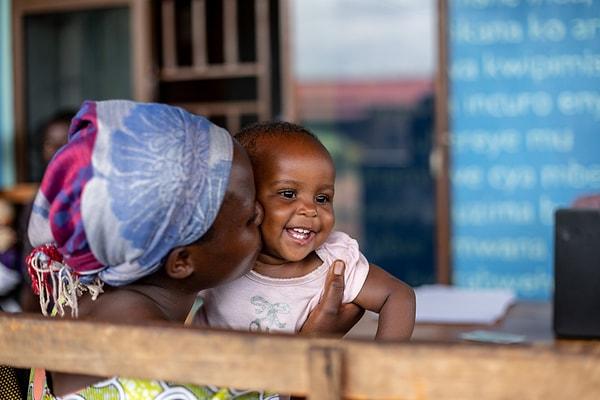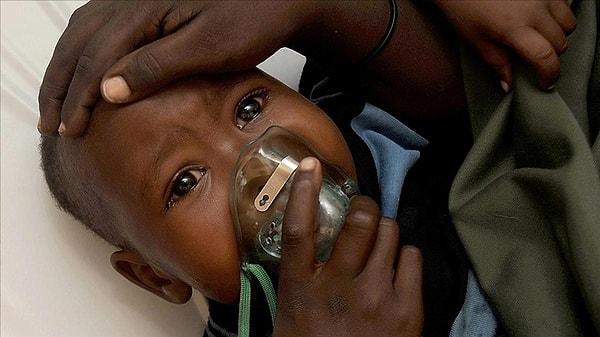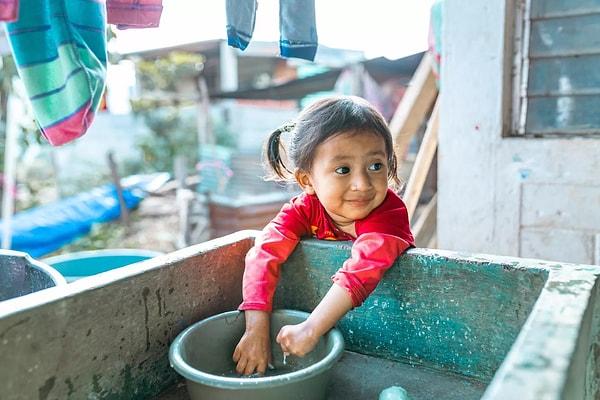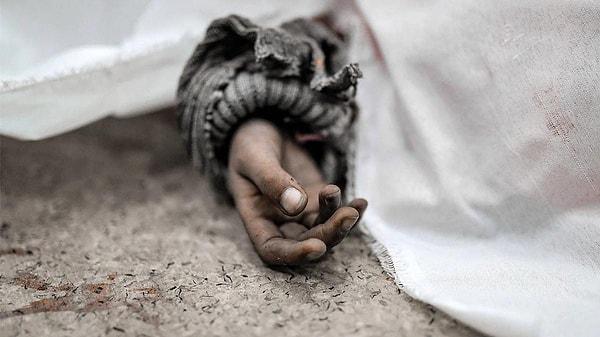1 Child Dies Every 6 Minutes Worldwide: Alarming Child Mortality Rates
Every 6 minutes, a child dies somewhere in the world! The global under-5 mortality rate has decreased by 51% since 2000. However, in 2022, most child and youth deaths under the age of 5 occurred in Sub-Saharan Africa and South Asia. Despite the decline in child mortality rates, the United Nations (UN) reports that a child loses their life every 6 seconds, emphasizing that many of these deaths could be prevented with better access to essential healthcare services.
The report prepared by the Inter-agency Group for Child Mortality Estimation (IGME) with data from 2022 has been released.

According to the report, the number of children under the age of 5 who lost their lives decreased to the lowest level in 2022, reaching 4.9 million. The global under-5 mortality rate has also decreased by 51% since 2000.
In addition to the 4.9 million children under the age of 5 who passed away in 2022, 2.1 million children and youth between the ages of 5 and 24 also lost their lives. These deaths were predominantly observed in Sub-Saharan Africa and South Asia.
Despite the global decrease in child mortality rates, it was noted that a child loses their life every 6 seconds.
Many low and middle-income countries have seen a decline in child mortality. It was emphasized that with better allocation of resources to essential healthcare services and child health, further progress can be achieved in this regard.
Early childbirth, complications during birth, pneumonia, diarrhea, and malaria among children and youth were caused by preventable or treatable factors.

The importance of low-cost interventions such as vaccination, availability of adequate healthcare personnel at birth, early and continued breastfeeding support, as well as better access to high-quality basic healthcare services, was highlighted in saving the lives of many children and youth.
It was noted that there is a need for integrated management of childhood diseases such as neonatal deaths, acute respiratory infections, diarrhea, and malaria to improve child health and survival.
While global data indicates promising progress in reducing child mortality, significant threats and inequalities endangering children's survival are observed in many regions.

Among these threats are inequality and economic instability, new and prolonged conflicts, intensifying effects of climate change, and the impacts of COVID-19.
It was reported that the probability of a child born in the poorest environment dying before the age of 5 is twice as high compared to children living in the wealthiest environments.
Children living in fragile or conflict-affected environments were reported to have almost 3 times the likelihood of dying before their fifth birthday compared to children in other regions.
Under current conditions, 59 countries will not meet the desired level of under-5 child mortality set by the UN's Sustainable Development Goal, and 64 countries will fall behind the target for neonatal deaths.

If this trend continues, approximately 35 million children will lose their lives before reaching their fifth birthday by 2030. The majority of these deaths will occur in countries in Sub-Saharan Africa and South Asia.
Tedros Adhanom Ghebreyesus, Director-General of the World Health Organization (WHO), who provided his views in the report, stated that despite the encouraging progress in reducing child deaths, millions of families experience the pain of losing their children, often in the first days after birth.
Ghebreyesus emphasized that 'whether a child lives or dies should not depend on where they are born. Improving access to quality healthcare services for every woman and child, including in emergencies and hard-to-reach areas, is critically important.'
Juan Pablo Uribe, Global Director for Health, Nutrition, and Population at the World Bank, highlighted that this year's report is a significant milestone showing that fewer children are dying before the age of 5.
Uribe stressed that this progress is not sufficient, stating, 'We must accelerate progress by increasing investment, collaboration, and focusing on ending preventable child deaths to fulfill our global commitment. We must ensure that all children have access to the same healthcare services and opportunities, regardless of where they are born.'
Keşfet ile ziyaret ettiğin tüm kategorileri tek akışta gör!


Send Comment